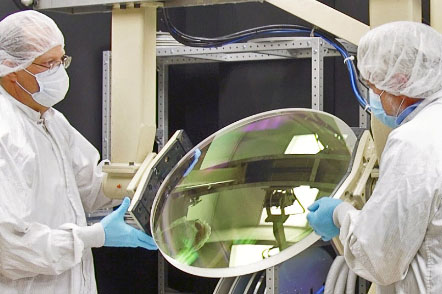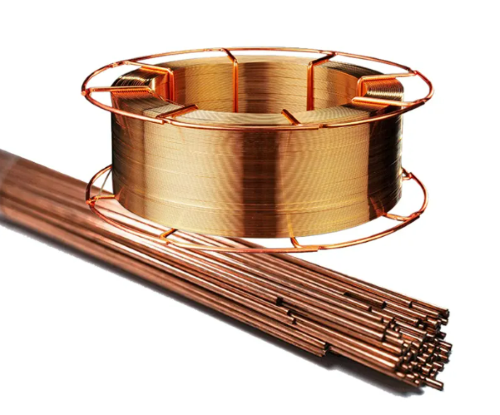The Application of Beryllium in Missiles
Introduction
Beryllium, symbolized as Be and standing at atomic number 4, possesses unique properties that render it irreplaceable in certain crucial applications. Stanford Advanced Materials, committed to providing cutting-edge materials, stands as a key contributor to the integration of beryllium in advancing missile technologies.

The Exceptional Qualities of Beryllium
Beryllium's exceptional properties form the bedrock of its significance.
Its thermal conductivity surpasses that of steel and copper, making it a crucial element in dissipating heat during high-speed rotations in gyroscopes. With a thermal expansion coefficient of less than half of magnesium, beryllium ensures minimal deformation, enhancing the internal stress distribution of the gyroscope.
Its mechanical prowess is equally impressive, boasting an elastic modulus three times that of titanium and specific strength 1.7 times that of aluminum alloy. This unique combination allows gyroscopic structures to become stronger while significantly reducing weight.
The super stability of beryllium is pivotal, especially in long-range missiles where a 1% micron deviation in the center of mass can lead to substantial errors. Beryllium's ability to quickly restore its original shape and resist oxidation and corrosion ensures a stable, long-lasting structure.

Application in Missile Technology
Gyroscopic Precision: Beryllium plays a critical role in enhancing the efficiency of missile guidance systems. In gyroscopes, where heat generation is substantial, beryllium ensures even heat distribution, reducing internal stress and enhancing overall precision.
Weight Dynamics: Beryllium redefines the weight dynamics of missile components. By incorporating beryllium into gyroscopic structures, the weight of the entire system is significantly reduced, contributing to improved maneuverability and overall missile performance.
Target Accuracy: Beryllium is paramount for the accuracy of long-range missiles. In situations demanding rapid directional changes, beryllium's stability ensures precise targeting, minimizing deviations and errors.
Environmental Challenges: Beryllium's resistance to oxidation and corrosion adds to its value in missile technology. The antioxidative properties prevent deterioration in harsh environmental conditions, contributing to the longevity and reliability of missile systems.
Navigation Systems: The seamless integration of beryllium into missile inertial navigation systems showcases its alignment with the demands of advanced missile guidance. Beryllium's properties complement the intricacies of these systems, enhancing their overall effectiveness.
Future Implications and Advancements
Ongoing research holds the promise of further optimizing beryllium-based components in missile technology. As advancements continue, beryllium's role is expected to evolve, contributing to even more sophisticated and efficient missile systems.
Conclusion
In conclusion, beryllium's exceptional properties play a transformative role in advancing missile technology. From thermal conductivity to mechanical strength and super stability, beryllium stands as a cornerstone material in the pursuit of precision, efficiency, and reliability in missile systems. Stanford Advanced Materials remains committed to providing high-quality beryllium, contributing to the ongoing evolution of cutting-edge applications in missile technology.




